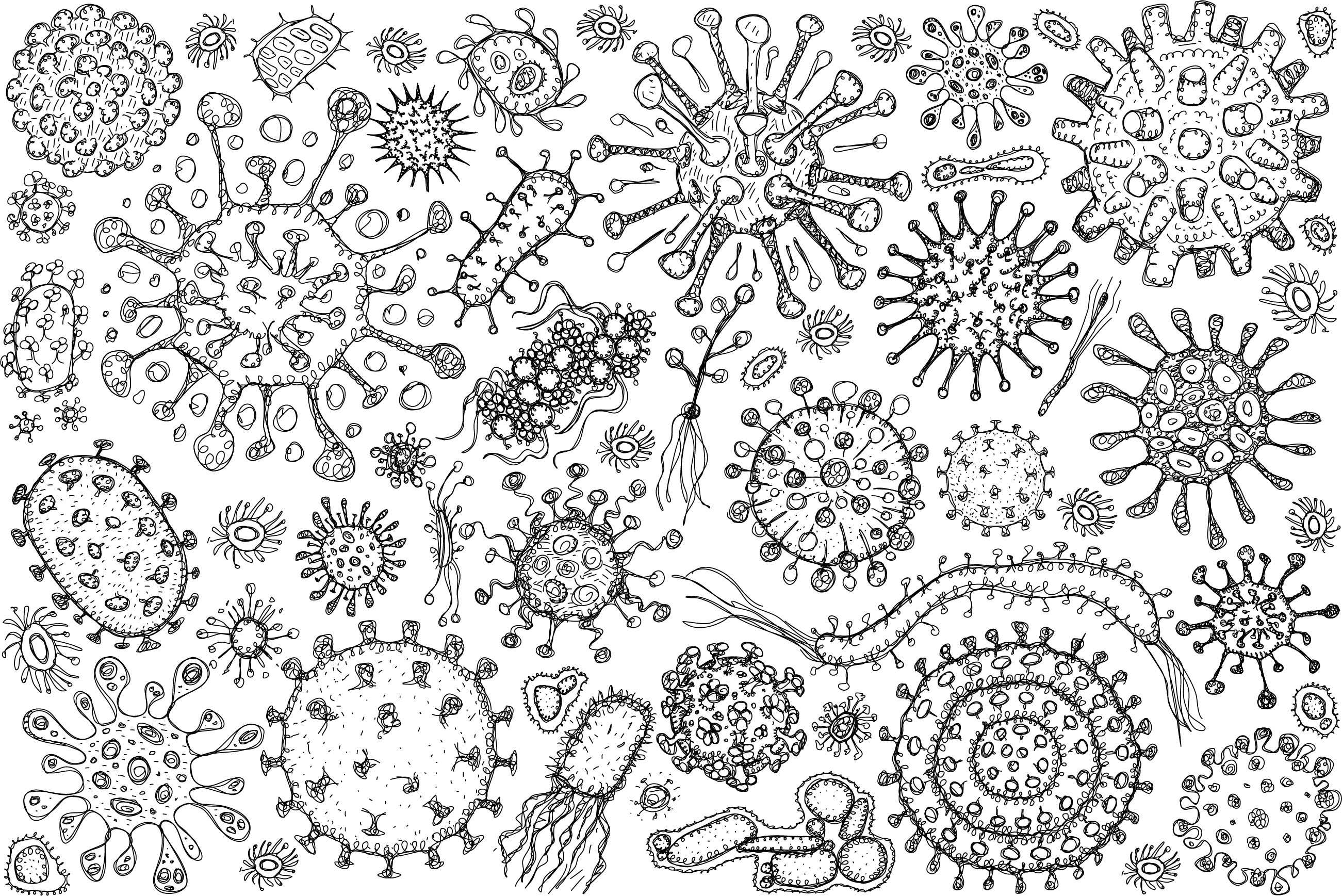
We are excited to welcome Selena Sagan to the UBC Department of Microbiology and Immunology! After a decade of teaching and research at McGill University (Montréal) in the Departments of Microbiology & Immunology and Biochemistry, Dr. Sagan has joined the department as a research professor with a focus on RNA viruses.
In this Q&A, get to know more about her research, accomplishments, and hopes for the future at UBC.
What is your lab’s main research focus?
Selena Sagan: There were two moments during my undergraduate education that really blew my mind. The first was in my biochemistry class, when I learned that RNA was not just a simple messenger - it could fold into all sorts of complex structures, catalyze enzymatic reactions, and that life on earth may have all started from RNA. The second was in my virology class, where I learned that viruses are extremely small and deceptively simple - sometimes just a piece of nucleic acid (RNA or DNA) surrounded by a protein coat; yet, they can cause a lot of damage and devastation. Moreover, they have a genome and can evolve, but aren’t even considered alive! These two fascinating topics sparked my interest in RNA and viruses, and I knew I needed to continue to learn more. As such, the Sagan Lab studies RNA viruses so that we can simultaneously pursue both of these interests.
What do you hope to achieve with current/future research?
SS: Our research programs are really focused on fundamentally understanding how viruses work at a molecular level. For example, in positive-sense RNA viruses, like hepatitis C virus or Zika virus, the viral genome itself must serve as a template for translation of the viral proteins, replication of the viral genome, and for packaging to make new progeny viral particles. How is just one piece of RNA able to do all these different things? For many viruses, how they coordinate and regulate these activities remains a mystery.
In the Sagan Lab, we use state-of-the-art approaches to study the RNA-RNA and protein-RNA interactions important to the life cycle of RNA viruses. We aim to understand: Which regions of the genome mediate these events? How are these events regulated? What host and/or viral factors are involved? How do new functions evolve? What can this teach us about regulation of RNA in our own cells? And ultimately, how can we interfere with these processes to develop new vaccine strategies and antiviral therapies?
What are some of the things you are most looking forward to as a Professor at UBC in the Department of Microbiology and Immunology?
SS: I’ve always been really impressed by the quality of education and training students get at UBC, and the innovative, exciting and collaborative nature of the research going on in the Department of Microbiology and Immunology. I was really blown away by the high calibre of science, the outstanding resources and technology, as well as the strong ties so many researchers have with the local biotechnology industry. It is truly a hub for research and innovation and my team and I are really looking forward to being a part of it all!
Tell us about some accomplishments that you are proud of.
SS: Firstly, I am really proud of all the people I have trained and worked alongside. I very much enjoy working directly with postdoctoral fellows, graduate students, and undergraduate students to make new discoveries. It is exhilarating to solve scientific mysteries alongside smart, passionate, and talented people.
In terms of the science itself, I’m very proud of how our research program has grown and developed over the years. When I started the lab, we were focused on understanding how one tiny RNA, a microRNA called miR-122, helps hepatitis C virus (HCV) to accumulate in cells. Through this research, we have not only uncovered insight into HCV translation, genome stability, replication, and packaging, but we have also uncovered what may be a common mechanism used by all viruses to establish replication factories in host cells. We’ve also expanded our research programs to several other viruses, including dengue virus (DENV), Zika virus (ZIKV), and respiratory viruses, such as respiratory syncytial virus (RSV) and coronaviruses (CoVs). I can’t wait to see what we’ll discover over the course of the next 10 years!
Finally, I’m really proud of the amazing work several scientific networks and societies I’ve been privileged enough to be a part of are doing. I received a lot of training, mentoring, and support in my academic career and in establishing my research program from so many in the scientific community. I take pride in paying forward this generosity, and strive to help students, researchers, and the patient populations that are affected by acute and chronic viral infections. I am an active participant in several scientific networks and societies, from the Canadian Hepatitis C Virus Network (CanHepC) and the Coronavirus Rapid Response Network (CoVaRR-Net), to RNA Canada and the Canadian Society for Virology (CSV). These networks help connect scientists, facilitate interactions with affected populations, and accelerate discoveries to improve the health and wellbeing of Canadians.

